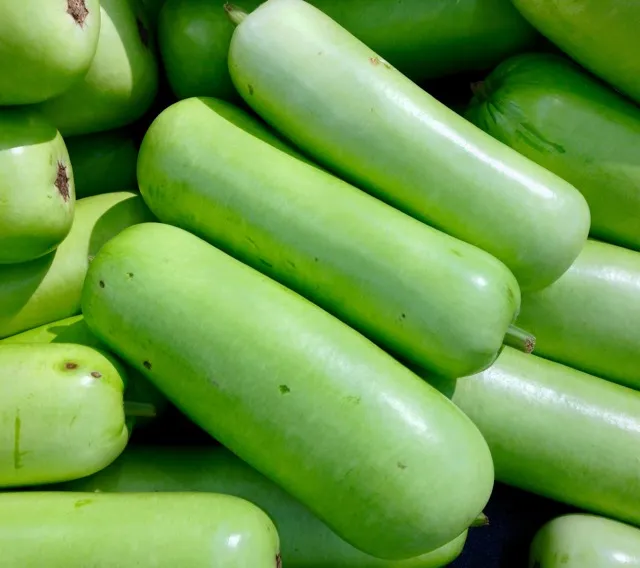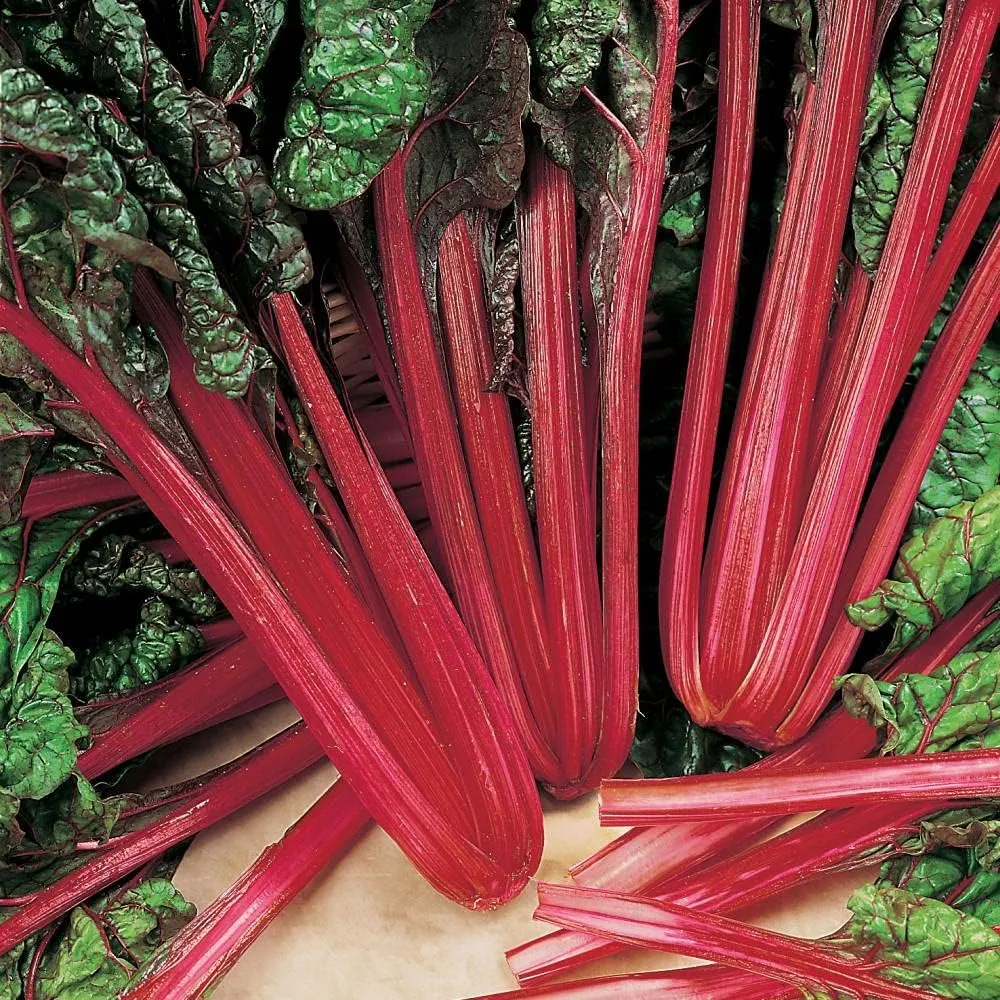Table of Contents
Yellow Squash: A Comprehensive Guide to Varieties, Cultivation, Nutrition, and Culinary Uses
Introduction
Yellow squash (Cucurbita pepo), a summer squash variety, is beloved for its sunny color, tender texture, and mild flavor. A staple in gardens and kitchens worldwide, it thrives in warm climates and offers culinary versatility and nutritional benefits. This article explores its global varieties, cultivation practices, health advantages, and creative uses.
Global Varieties & Colors
Yellow squash comes in several cultivars, primarily distinguished by shape:
- Straightneck: Smooth, yellow, cylindrical shape; classic for grilling.
- Crookneck: Curved neck with bumpy skin; buttery flavor.
- Pattypan (Sunburst): Scalloped, saucer-shaped; golden-yellow with a nutty taste.
- Zephyr: Hybrid with yellow base and green tip; sweet and firm.
Colors: Vibrant yellow dominates, though some varieties (e.g., Zephyr) blend green or white.
Sensory Profile
- Smell: Subtle, fresh, and slightly grassy.
- Flavor: Mildly sweet and nutty; becomes creamy when cooked.
- Texture: Tender skin and flesh; seeds are soft and edible.
Nutrition & Health Benefits
- Calories: 16 kcal per 100g.
- Rich in: Vitamin C (28% DV), Vitamin B6 (10% DV), manganese, and fiber (1g).
- Glycemic Index (GI): ~15 (very low), ideal for blood sugar management.
Health Benefits:
- Antioxidant Power: Vitamin C and beta-carotene combat free radicals.
- Heart Health: Potassium regulates blood pressure; fiber lowers cholesterol.
- Hydration: 95% water content supports hydration and digestion.
- Eye Health: Lutein and zeaxanthin protect vision.
Cultivation & Major Producers
- Climate: Warm temperatures (18–30°C/65–86°F); frost-sensitive.
- Soil: Well-drained, fertile soil with pH 6.0–6.8. Matures in 40–60 days.
- Top Producers (2023):
- United States (Florida, California, Georgia).
- Mexico (leading exporter to the U.S. and Canada).
- China and India (expanding production for domestic use).
- Exporters: Mexico, Spain, Netherlands.
- Importers: Canada, France, Germany.
Diseases & Pests:
- Powdery Mildew: White fungal patches; treat with neem oil.
- Squash Vine Borers: Larvae tunnel stems; use row covers.
- Bacterial Wilt: Spread by cucumber beetles; remove infected plants.
Home Farming & ROI
- Planting: Sow seeds 1 inch deep after last frost; space 18–24 inches apart. Harvest when 6–8 inches long.
- ROI: High yield and low maintenance. A 10x10 ft plot yields ~20–30 lbs; farmers' market prices average $1.50–3/lb.
Culinary Uses & Storage
- Raw: Shaved into salads or spiralized into "zoodles."
- Cooking Methods:
- Sautéed: With garlic, thyme, and olive oil.
- Grilled: Brushed with balsamic glaze.
- Soups/Stews: Puréed in creamy soups or added to ratatouille.
- Baked: Stuffed with quinoa, cheese, or ground meat.
- Quick Recipe: Yellow Squash Fritters (grate squash, mix with egg, flour, and herbs; pan-fry).
Storage Tips:
- Refrigerate: Store in a plastic bag for 5–7 days.
- Freezing: Blanch slices for 3 minutes, dry, and freeze for 8–12 months.
Byproducts & Innovations
- Pickled Squash: Tangy addition to charcuterie boards.
- Squash Blossoms: Stuffed with cheese and fried (a Mexican delicacy).
- Dehydrated Chips: Seasoned with spices for snacks.
- Animal Feed: Excess or blemished squash fed to poultry or livestock.
Cultural Significance
- Southern U.S.: A star in casseroles and fried dishes.
- Mediterranean: Featured in ratatouille and Greek kolokithokeftedes (squash fritters).
Conclusion
Yellow squash’s bright color, mild flavor, and quick growth make it a summer garden favorite. From Mexican markets to American backyard barbecues, its culinary flexibility shines in both simple and gourmet dishes. Home growers and chefs alike can enjoy its nutritional perks and ease of preparation.
Further Exploration: Grill zucchini and yellow squash skewers with halloumi, or bake into a savory squash and goat cheese tart. 🌱









